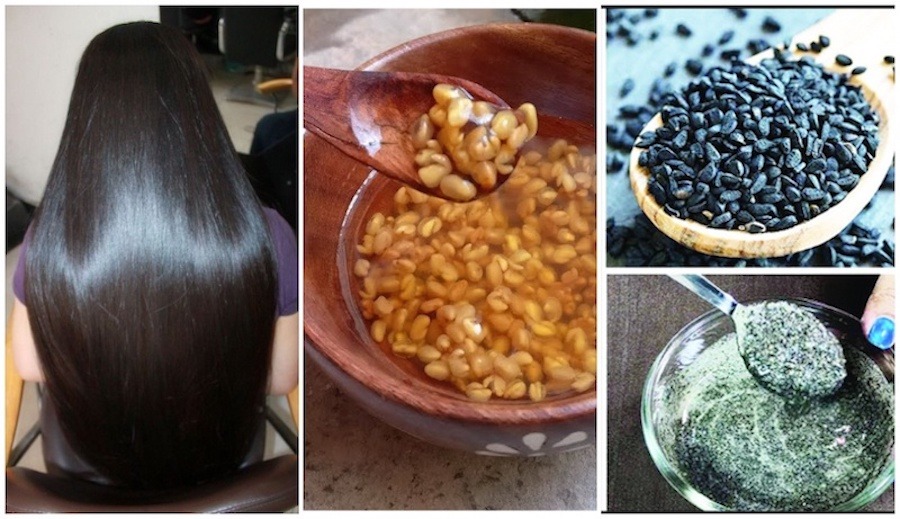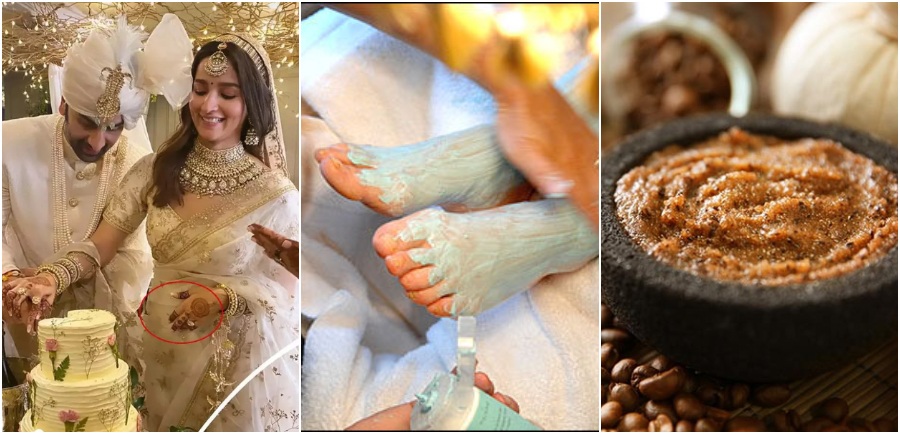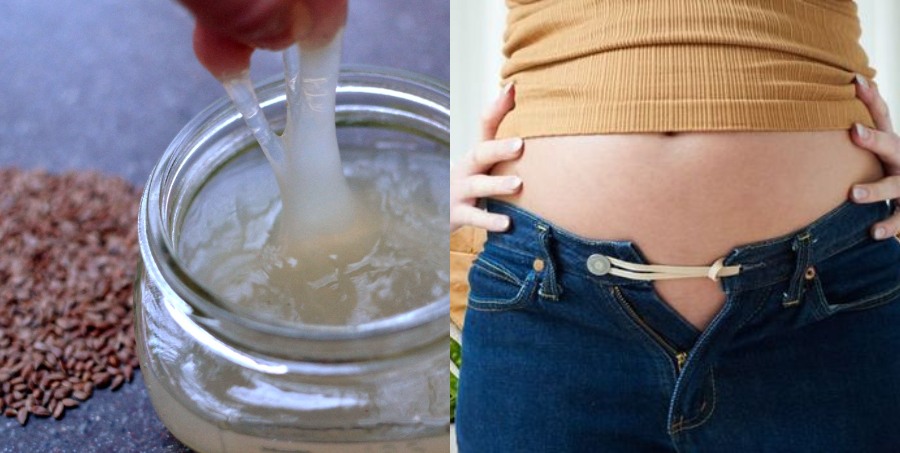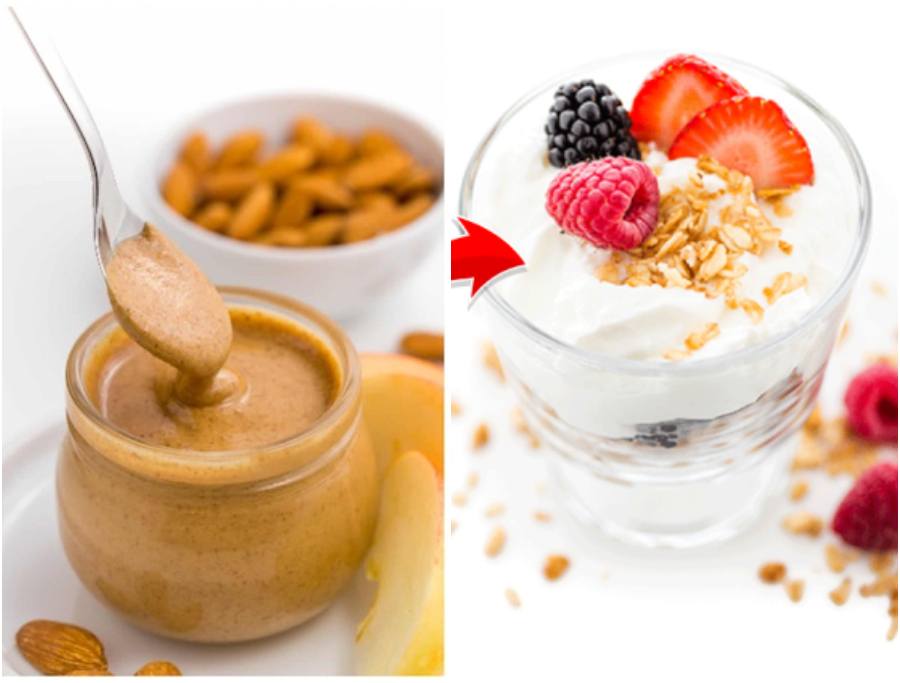When we hear about silicone, the first thing that comes to our mind is Kim Kardashian’s breast and butts! But surprisingly, silicone has sleeked into the cosmetic industry more that just implants! It is widely used in hair products like hair sprays, shampoo, conditioner, heat protectant spray, hair treatments, sunscreen with higher SPF, body lotions and cleansers.

![]()
Silicones are synthesised in factories, and they’re made by combining silicon (an element found in sand) with oxygen, hydrogen, carbon, and sometimes other materials. They are created for industries, household, mechanical, and personal care.
How do silicones work?


Silicones are one of the most effective ingredients in both hair and skin care products. Silicones are designed to cover the hair with a thin layer of hydrophobic (waterproof) coating. This coating is required for several purpose as below.
• It is great for smoothing and straightening treatments as it coats the hair and makes it super smooth and straight.
• Perfectly used in conditioner to reduce the moisture loss from inside of hair.
• Used in hair serums/detangling serums which makes your hair slippery,soft, smooth and comb-friendly.
Types of silicones used in hair products:

1. Cyclomethicone: It is one of the most commonly used silicones in hair care products. It gives a soft, smooth, silky feel and leaves the hair with a beautiful soft slip. It is usually found in leave-on and rinse-off products. It’s a volatile silicone, which means it evaporates and the best part is that it won’t cause any product buildup!
2. Dimethicone Copolyol: This is a water-soluble, lightweight silicone that provides very little buildup. It is often used in conditioning shampoos. If you are concerned about buildup, it has very light buildup and are safe to use.
3. Amodimethicone: This silicone is chemically designed to stay on your hair for better. It conditions well but it can also be more challenging to remove. Amodimethicone is commonly used in leave-in conditioners and hair masks.
4. Dimethicone: This type of silicone is often referred as silicone oil. Dimethicone coats hair, serves your hair with great shine and conditions thoroughly. The downside of this silicones is that it is water insoluble and it can be difficult to remove. In addition, it has a heavy coating which is more likely to attract dirt and pollutants from the air, making the hair feel weighed down. Dimethicone is often found in hair serums and other leave-on products.
How to remove product build up?
A good shampoo will cleanse away silicone buildup with ease. If you’re concerned about build up, use products which contains lightweight silicone like Cyclomethicone and Dimethicone Copolyol.
I have a personal opinion that silicone outnumber the positive points than negative points. And using a product that makes your hair soft and smooth with lightweight silicone won’t be na issue for me. Next time when you go for shopping, don’t forget to read the label.
Why use a Silicone Free Shampoo?
List of Sulfate and Silicone Free Shampoos and Styling Products
Tresemme Perfectly (Un)Done Weightless Silicone Free Shampoo
Are Pore Strips for Blackheads Good or Bad?
Why Sodium Lauryl Sulfate Is Bad For Hair
7 Best Hair Products for Bald Spots
Best Hair Serums Available in India
7 Best L’Oreal Hair Spa Products in the Market
10 Best Hair Products For Split Ends
10 Best Hair Care Products For Curly Hair








